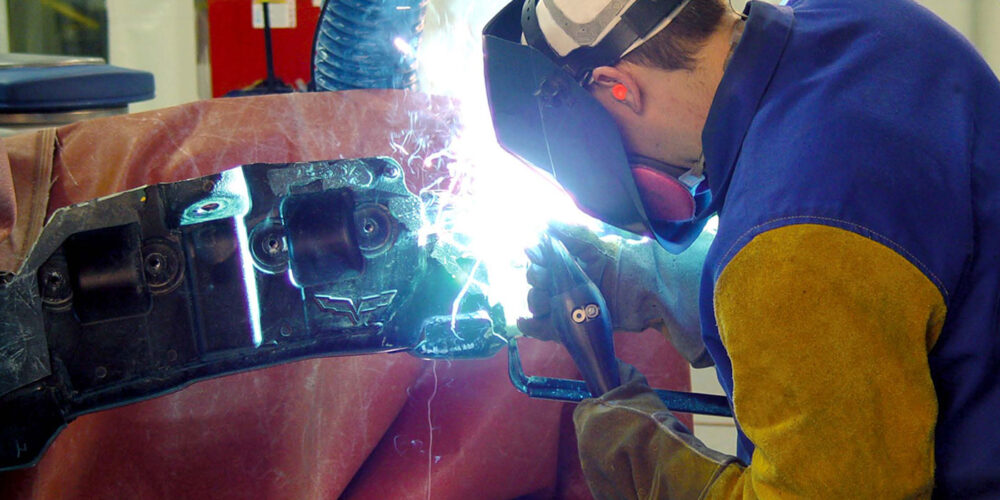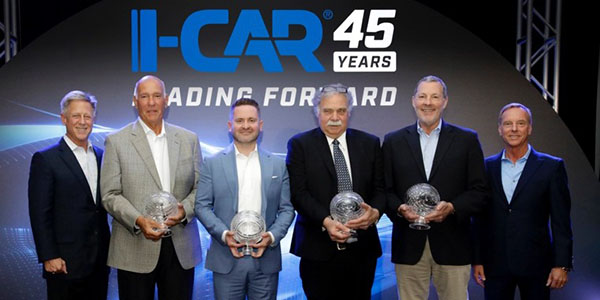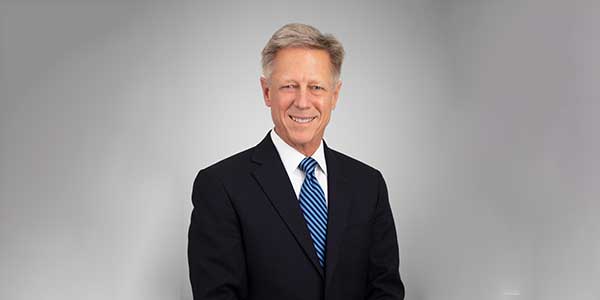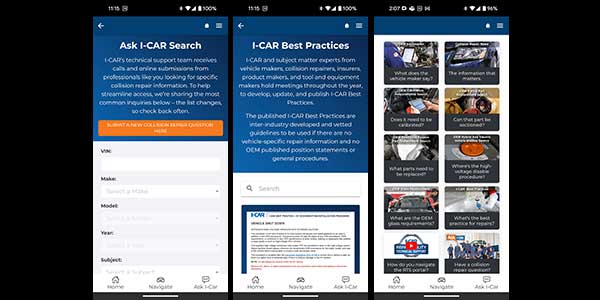In today’s world of advanced vehicle repair, welding can play a central role. Yet, with many welding methods available, which one is right?
It’s no secret that vehicle makers and the industries that supply the materials that make up the fleet on the streets strive to build safer vehicles. This quest drives the automakers and their suppliers to continually research and develop newer, stronger metals (and other materials) and determine the required joining methods for each location in a vehicle structure.
Steel and aluminum are the predominant metals used in body and frame construction of different vehicles. Each alloy or metallurgy comprises its own unique properties designed to perform in that vehicle’s structure to provide “as built” integrity. As such, there are unique considerations for collision repair, particularly in avoiding any adverse effects on future crashworthiness and occupant protection attributes of each vehicle repaired. No stronger, no weaker.
This continued evolution of vehicles comes with the need for the most up-to-date repair attachment methods. Receding in the rear-view mirror are gas flame welding techniques when it comes to collision repair. By definition, welding is the joining of metals or thermoplastics through the introduction of heat to the melting point to join parts. Fusion welding uses similar filler material, and non-fusion methods use filler material that is different than the base materials being joined (brazing/soldering).
Here’s a brief look at some common methods available to our industry today:
- Gas metal arc (GMA) has been a collision repair mainstay for the past four decades. It uses a wire feeder to deliver electrode filler wire to a gun handle assembly, where the operator directs the deposition of the weld puddle to the joint area. An electric current (arc) generates the necessary heat to melt the filler wire and — in the case of fusion welding — the metals being joined. This method is highly productive but does introduce high temperatures in the immediate weld “zone,” which can affect the properties of the materials being joined. It is commonly referred to as metal inert gas (MIG) welding or metal active gas (MAG) welding depending on the shielding gas utilized. GMA welding is highly dependent on operator knowledge and skill to set up the welder, tune or program it for the material stack in the joint and to execute the necessary weldment.
- MIG brazing is a GMA process that introduces an electrode filler wire, which is commonly silicone bronze or another alloy. The benefit of this process is lower temperatures introduced into the joint, which helps preserve the strength properties of ultra-high strength steels commonly found in today’s vehicles.
- Tungsten inert gas (TIG) welding is an electric arc process whereby the operator holds a torch handle that houses a tungsten electrode (varying specific unique compositions dependent on materials being joined). The tungsten electrode is used to direct the arc to the weld area while a shielding gas is dispersed to the area and the operator introduces the required filler rod by hand. This process is not common in mainstream collision repair; however, it is common in industrial fabrication, performance and racing, and it may be recommended in some exotic and high-end specialty vehicle repairs.
- Squeeze-type resistance spot welding (STRSW) is the primary joining method used by most vehicle makers on the assembly line. Sealers or adhesives may be used in the panel stack as well. Modern STRSW equipment is available to the collision repair industry and very capable of reproducing that factory look while minimizing the detrimental effects of the high heat input compared to GMA welding.
OEM Requirements
Vehicle makers may require specific equipment to participate in their certified networks and may provide more than one option. Welding recommendations/requirements vary widely across the OEMs; one size does not fit all. For instance, STRSW is the preferred or required method for many OEMs, while weld bonding is specified in some procedures, and other variations in the process may be required. Keep in mind too that OEMs may identify other attachment alternatives, such as rivet bonding, for repair attachment.
Looking Ahead
Is laser welding in your future? Demonstrations at SEMA 2022 included a laser wire-feed welding unit that produced precise weld beads on various metals. While this may not be on any short-term shop equipment requirements list, I-CAR’s technical experts continue to monitor the viability of this and other emerging technologies.
In the interim, I leave you with this question to ponder: Look around your shop or at the claims you’re handling. After your repairs, will these vehicles perform as designed in another collision? That’s the goal. Nothing less.














